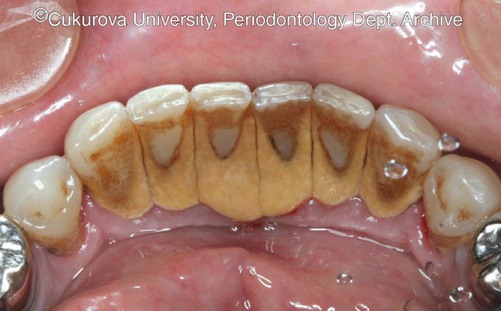

Other Cat Diseases Vomiting and Diarrhoea Look out for any changes in your pet's behavior Other symptoms include fever, lethargy, seizures, paralysis, lack of coordination and an inability to swallow. The classic symptoms are alarming – frothing at the mouth and aggressiveness. This means that it can be passed on by close contact through things like sharing food bowls, cats grooming each other, or if a cat is bitten by or eats an infected animal. The virus is usually present in the nerve cells and saliva of an infected animal. It is most common in dogs but all warm blooded species can get it. Rabies is a viral disease that causes an acute infection of the brain. Other symptoms include breathing difficulties, runny nose, weight loss, loss of appetite, coughing, fever and breathing difficulties. It most commonly infects the cat’s conjunctiva (the mucous membrane that surrounds the eye), causing swelling, redness and watery discharge. The bacteria can be transmitted through contact with the cat’s bodily fluids, on an infected piece of furniture, for example.

Unlike most cat ailments, this one can be passed to humans, where it can lead to the eye infection Chlamydia conjunctivitis. This fact, along with the fact that the bacteria is not commonly found in cats, means the vaccine is not always offered.įeline Chlamydophilosis is caused by a bacteria and infects the upper respiratory tract. If your cat is infected, the disease is easy to treat through antibiotics. The commonest symptoms are coughing and sneezing. It is easily transmitted through the air via cough and sneezes. It is referred to as ‘kennel cough’, as it is most common in multi animal households or catteries. This is caused by a bacteria rather than a virus, infecting the upper respiratory tract. Symptoms include diarrhoea, fever, pale gums, weight loss, sterility, jaundice, anaemia, swollen glands and inflammation of the mouth and face.įeline Bordetellosis. It hammers the cat’s immune system, opening the door to various infections and illnesses, including the blood cancer leukaemia. It is also possible for a mother cat to pass on FLV to her kittens. In a multicat household it is easy for the virus to spread through close contact and sharing of food bowls and beds. These cats can then pass it on to our pet cats if they fight at night. It is most common in stray or feral cats. It doesn’t survive for long outside of the body. An often fatal virus, transmitted via bodily fluids such as blood and faeces. VS-FCV may also cause arthritis, lameness, fever and multiple organ failure.įeline Leukaemia Virus (FLV). Symptoms include eye and nasal discharge, fever, ulcers around the mouth, face and claws, lethargy, loss of appetite and pneumonia.

A highly infectious and resistant form of FCV known as Virulent Systemic FCV (VS-FCV) can cause life threatening infection. NOTE: Vaccinations do not always prevent the disease, but are highly recommended because it is believed that vaccinated cats that become infected will have much milder symptoms than non-vaccinated individuals. The virus can quickly become resistant to antiviral treatments. The second most common upper respiratory tract virus, after FHV. This causes crusty patches, ulcers and scabs around the cat’s head, face and sometimes forelimbs.įeline Calicivirus (FCV). In chronic cases cats can develop FHV dermatitis. The symptoms are conjunctivitis, sneezing, fever, coughing, lethargy, salivation and nasal discharge. via bites, or by sharing food bowls, bedding, etc). It can be spread by direct contact with an infected cat’s bodily fluids (e.g.

It is highly contagious and infected cats will often remain infected without showing outward symptoms. This is the most common virus to affect the upper respiratory tract of cats. The symptoms are bloody diarrhoea, malnutrition, dehydration, anaemia (low red blood cell count), and eventually death.įeline Herpes Virus (FHV). The disease causes ulceration in the cat’s intestines, killing the cells that line the intestinal wall. Spreads very quickly, via fleas or direct contact with an infected cat’s bodily fluids. But hopefully these details will underline the importance of vaccination:įeline Infectious Enteritis (FIE, or Feline panleukopenia). If your cat has not been vaccinated against these, it is still possible for your vet to pull them through with treatment, in most cases. A routine check up at the vet's will nip most potential problems in the budĪll the following can be prevented via vaccination.


 0 kommentar(er)
0 kommentar(er)
